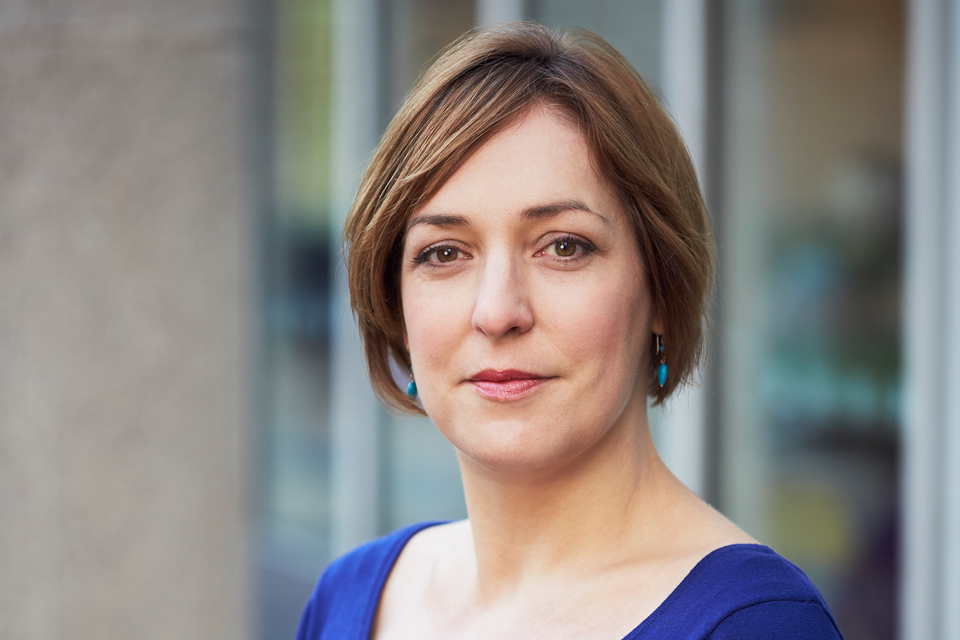Talking to trustees
Sarah Atkinson explains why the Charity Commission is working hard to encourage lay trustees to read and comment on its guidance.

Trustees are the life-blood of the charity sector. Almost all are volunteers who have accepted the duties and responsibilities of trusteeship on top of their other commitments - I know several trustees who juggle their trustee duties with demanding jobs and young families (in fact, I am one of them). So I know how crucial it is that our guidance for trustees is clear, concise and easy to find. This is especially important for core guidance that applies to all trustees, at all times, in all situations. Like The essential trustee (CC3).
We recently published a draft revised version of that guidance, designed to make it even clearer to trustees what the law expects of them. We consulted extensively and were keen to hear from the people for whom it is written - ordinary trustees. So I am delighted about the level of engagement in the consultation - the draft guidance was viewed over 20,000 times. As the consultation analysis we published shows, most respondents found the new explanation of trustees’ duties clear, and most of those who shared their overall impression of the revised guidance said it was helpful and an improvement on the previous version.
As we would expect during a consultation on so important a piece of guidance, not all the feedback we received was positive. Some respondents questioned the tone of the guidance; others raised concerns about the way the draft explained the delineation between recommendations trustees ‘should’ follow and requirements they ‘must’ comply with. We are carefully considering those comments and will be making changes to the guidance in light of them.
To help those interested in our work understand the key points that arose during the consultation, we have created an at-a-glance infographic. Please take a look at it if you haven’t already. Developing this tool helped us recognise how important it is that we improve our reach among ‘ordinary trustees’ - not just to encourage them to share their views on our guidance, but actually to ensure they know about and read our guidance. Of course the contribution of umbrella bodies and professional charity advisers is vital - and we listen carefully to their views too. But it’s clear their perspective may be very different from that of the lay trustee for whom we produce our guidance.
So we need to achieve greater engagement with our work among trustees. This is a big challenge for us, but one I think we can meet, especially through the smart use of digital and visual tools. The infographic-style consultation analysis is an example of what the commission can achieve when we focus on presenting our information in attractive, simple ways. Expect to see more of that kind of thing from us, and tell us what you think.
In the meantime, we are grateful to all who took part in what has been a vibrant and informative consultation process. We are carefully considering all of the responses we have received on The essential trustee and plan to publish the final updated guidance during the summer.